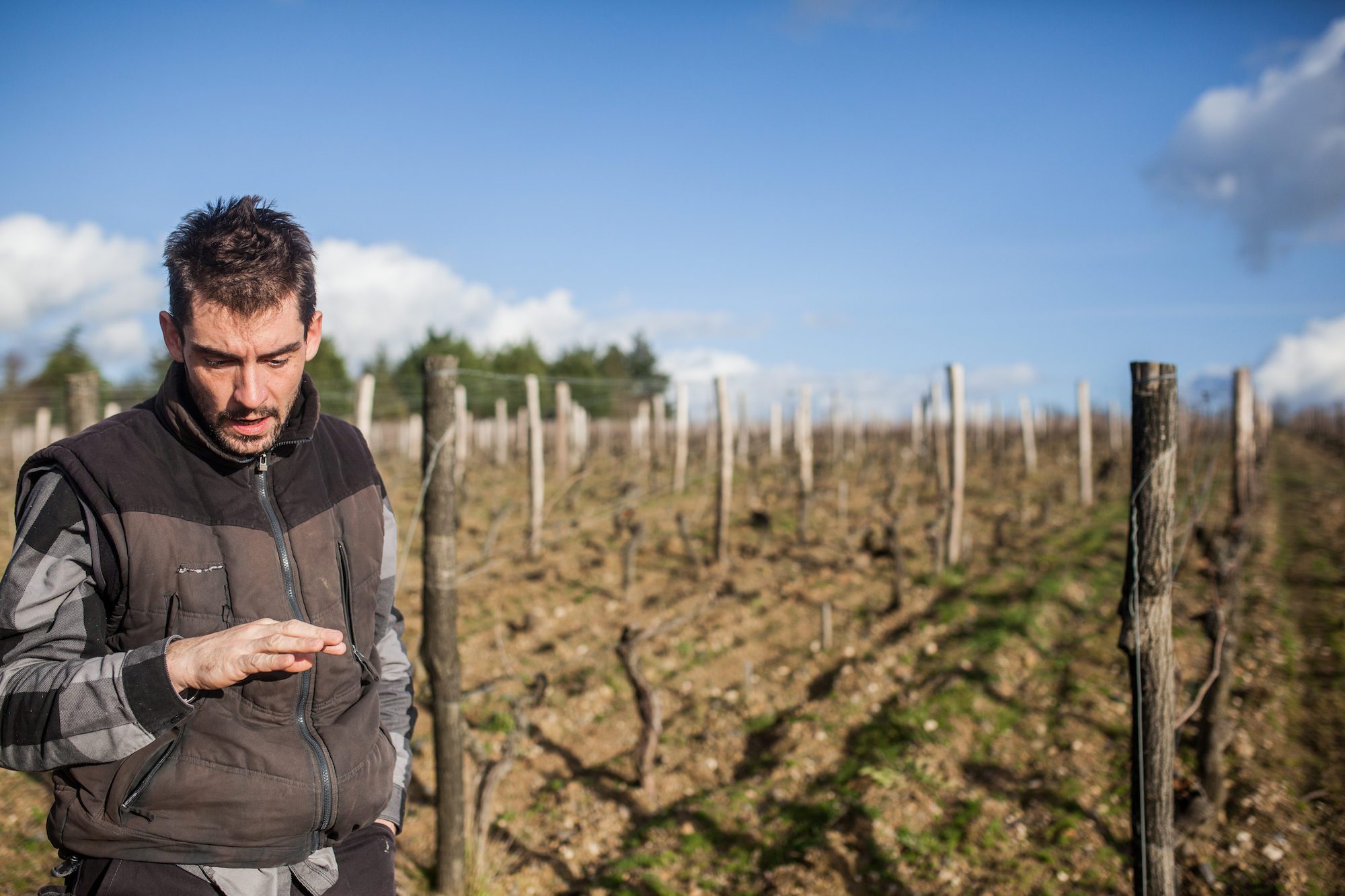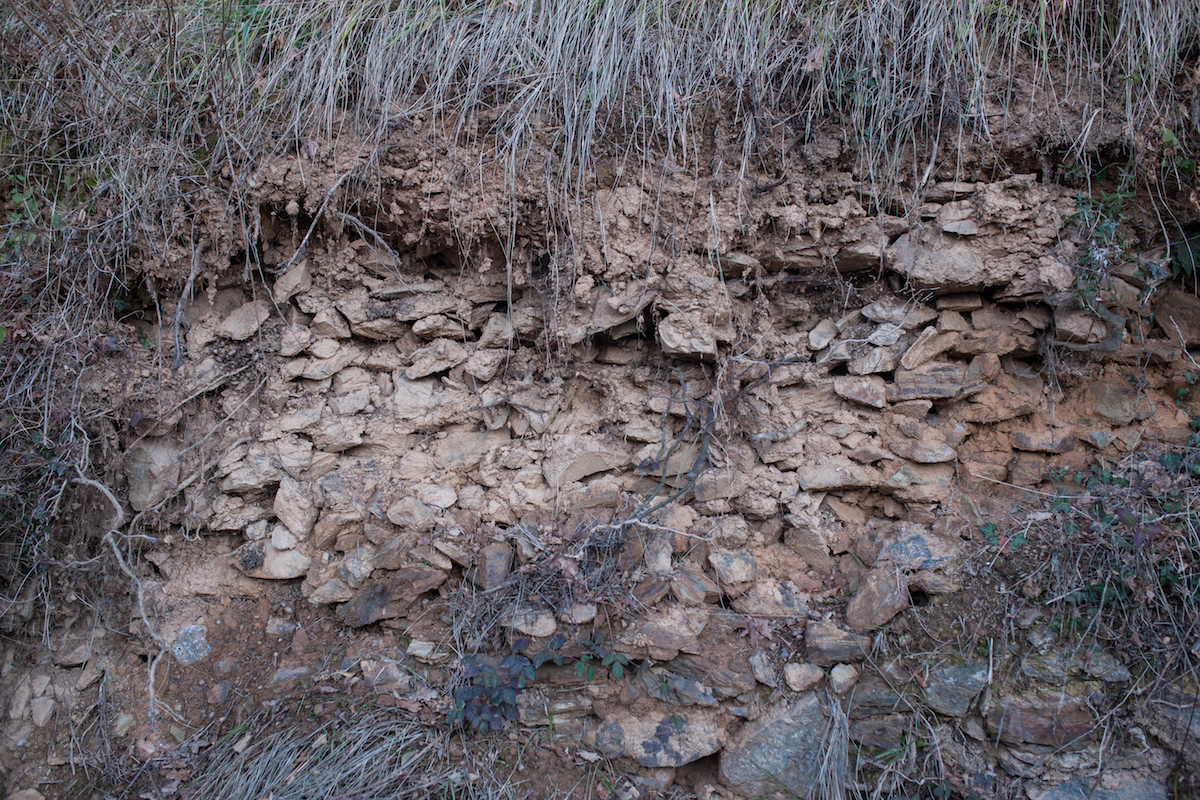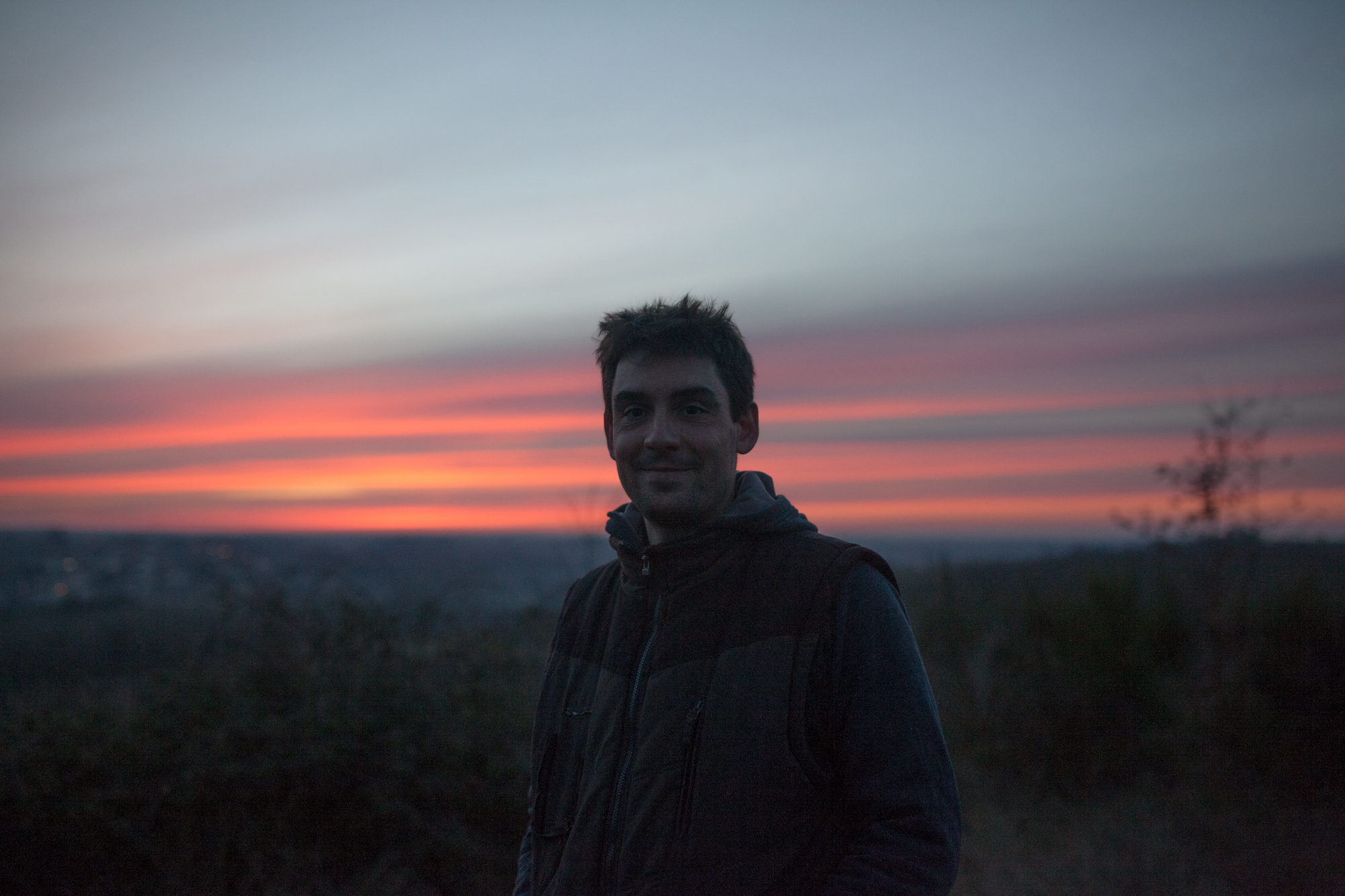Thomas Batardière
Loire Valley / France

At A Glance
Winemaker(s)
Thomas BatardièreAppellation
AnjouVarieties
Chenin Blanc, Cabernet Franc, GrolleauFarming
BiodynamicTheir Story
Born in Angers in 1980, Thomas Batardière went from being a filmmaker to Sommelier to finding his place as a vigneron along side Mathieu Vallée at Château Yvonne. While working with Mathieu, Thomas attended Viticultural school in Beaune. After graduating in 2011, Thomas found two hectares of old vine Chenin Blanc for sale in the village of Rablay sur Layon in Anjou.
He purchased the vineyard and in January of 2012 began making his own wine. Thomas tells us, “I set up shop in January 2012, without a cave, without a house, without a tractor. With only a pruner and two hectares of vines.” Thomas immediately began practicing biodynamic viticulture and became certified DEMETER is 2015.

The domaine now consists of 3.5 hectares of vines (2.5 hectares of Chenin Blanc, .85 hectares of Grolleau, and .15 hectares of Cabernet Franc) along with the cave and house which Thomas built in the middle of the village of Rablay-sur-Layon.
The wines of Thomas Batardière are absolutely astounding. Pure, precise, focused with the texture and aromatics we seek in Chenin Blanc and Cabernet Franc. It is of no surprise that Thomas worked alongside Mathieu Vallée at Château Yvonne. These are amazing wines and we are thrilled to be one of his first importers. Mathieu told us when asking about Thomas, “He is bright, talented, and loves the land. You want to be working with Thomas.”
A quote from Thomas Batardière when asking about biodynamics and DEMETER certification:
“Biodynamics aims to heighten the general acoustics. Meaning that it allows the vine to communicate better with its environment, more deeply from the earth to the cosmos. Biodynamics also allows the winemaker and the plants to better interact. For this three fundamental practices are at work: the 500, 501, and Maria Thun.
The 500 is cow manure in a cow horn that is buried during autumn and winter. This preparation aims to better communicate with the earth. It’s sprayed in spring.
The 501 is silica and quartz in a cow horn that is buried during spring and summer. This helps the vine to better communicate with its astral environment, air, vibrations, and the vibes and movements of the planets. It’s sprayed during spring and summer, during the period of vegetation.
Finally, Maria Thun is a compost of cow manure that receives all of the preparations. It’s a compost made in summer and sprayed after harvest.
Biodynamics brings life to the plant, the parcel, and the entire domaine, leaving it more rich and complex. And that shows in the wines. A living wine is better expressed and with a greater variety.”
Current Releases

Interview with Vigneron Thomas Batardière
Where were you born and raised? I was born in Angers and all of my family is originally from Layon. My parents had careers pertaining to social issues. No one in my family was a vigneron before me. My paternal grandfather was a dairy farmer and he grew tobacco and chamomile. My maternal grandfather was a mill worker, and he owned a flourmill. If you could briefly describe your approach in the vineyard what would it be? I consider a vigneron to be an interpreter. The interpretation of his plants and his terroir. He doesn’t create anything, he reveals it. It’s a job that is done almost completely in the vines. It requires us to listen to the landscapes where our grapes grow. It requires us to be mindful of the countryside to which our vineyards belong. For this, I believe biodynamics is the good path. It ameliorates the acoustics. In the cellar, there remains nearly nothing more to do. For me, vinification happens over four seasons, just like the time required to produce the grape. The juice is only racked one time, before the bottling. And occasionally sulfites are added. What excites you most about your vineyards? Without hesitation, I chose this profession to be outside in the vines. But what fascinates and makes me the most passionate is that with each new vintage, everything is reset, and a new history begins. I ignore if my wines have a unique aspect… I know, on the other hand, that every terroir is unique if it is respected and understood. And the vine is without doubt the plant most able to express the place where it lives, if it is guided well by its vigneron. If you could say one thing to the sommeliers who are introducing people to your wines for the first time, what would it be? It requires time to make a wine and it requires time to appreciate it. What is your favorite type of music? Le jazz ( Cannonball Adderley, Archie Shepp, Monk, Miles Davis, Mingus, Keith Jarrett; etc.) If you could have any superhero power, what would you choose? The power to time travel.Discover More Producers From Loire Valley
